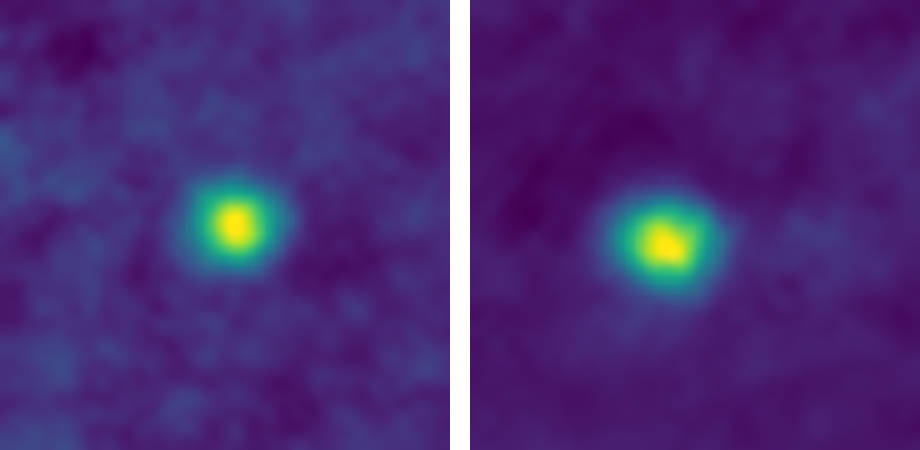NASA’s New Horizons spacecraft recently made history when it captured the images of Kuiper Belt objects (KBOs) using its Long Range Reconnaissance Imager (LORRI). These images, as announced by the administration, broke the 27 years old record of Voyager 1 when it captured the famous Pale Blue Dot image of the Earth.
Soon after the Pale Blue Dot picture was taken, the cameras were turned off on Voyager 1, leaving its record unchallenged for the next 27 years. But New Horizons actually broke it twice – first taking another image of the “Wishing Well” star cluster, then breaking it again two hours later with another stunning image.

The Kuiper Belt is a circumstellar disc in the outer Solar System extending from the orbit of Neptune (at 30 AU) to approximately 50 AU from the Sun. It is similar to the Asteroid Belt, but it is far larger. It consists of many small celestial bodies from the time when the Solar system was formed. This belt is home to three officially recognized dwarf planets- Pluto, Haumea and Makemake.

New Horizons is an interplanetary space craft that was launched under NASA’s New Frontiers Program in 2006 with the primary mission to perform a study on the Pluto system and Kuiper Belt objects. “New Horizons has long been a mission of firsts — first to explore Pluto, first to explore the Kuiper Belt, fastest spacecraft ever launched,” said New Horizons Principal Investigator Alan Stern, of the Southwest Research Institute in Boulder, Colorado. “And now, we’ve been able to make images farther from Earth than any spacecraft in history.”

NASA hopes to use New Horizons to learn more about the objects in the Kuiper Belt, understanding more about the shapes and surfaces of its distant and strange inhabitants.

